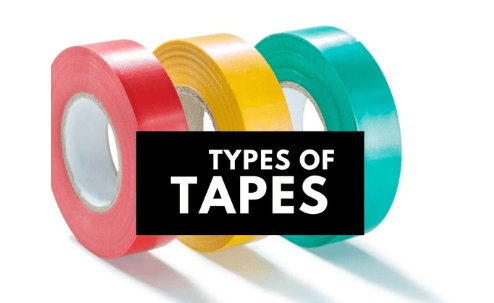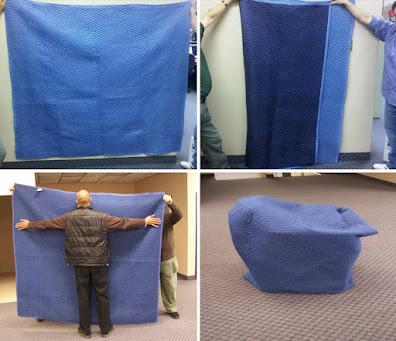Five Ways To Save On Shipping By Using Custom Packaging
First impressions of products are often based on their packaging. Custom-branded packaging that sticks out in a crowded aisle of comparable items is a crucial part of your marketing strategy.
The cost of packaging and shipping may have a big impact on the final cost of a product, and if the cost is too high, buyers may be turned off and disappointed. In addition to hurting your bottom line, shipping expenses may destroy sales.
Statistics from Statista show that 20 to 25% of online shoppers leave their shopping carts because of unforeseen delivery fees. However, you don't have to sacrifice your shipping and operating costs to create packaging that stands out from the crowd. The cost of packaging does not have to rise at the expense of your brand's uniqueness.
We've compiled the most cost-effective packaging solutions you can use to both save money and boost your bottom line.1. Make your product package more appealing to customers.
To begin, choose the ideal box size for your goods.
Smaller items are generally put in big boxes, which may take up a lot of room in transportation if they aren't properly packed. Your package's volume and size impact the shipping cost, therefore beginning with an efficient product box is crucial, whether it will be used as the shipping box or will be snuggled into an outer box (sometimes called a carton).
2. Avoid the need for big shipping boxes by using these methods:
Make sure your products are well-protected in their packaging, such as the envelopes and cartons you use to ship them.
Each product should be packaged in a box that is the right size to ship.
Think about using pouches or cushioned envelopes instead of boxes to ship smaller items like jewelry.
As many items as possible should be packed into a single box to maximize transportation density.
Use light-weight, custom-designed packaging materials
Custom packaging allows you to choose the materials and sizes you wish to use, which saves you money over the long term.
Use as little packing as possible while yet making sure your product is safe throughout transport and delivery. You can't complete your product lighter, but you can lower the volume and weight of your box by using less dense materials to fill in the gaps in your packing.
Here are a few pointers to help you plan out your packing strategy:
Make use of lightweight materials, bespoke inserts, or air cushions that tightly fit around your product to keep it safe while reducing its weight.
If you're shipping delicate goods like clothes or bedding, consider using poly mailers instead of boxes.
In addition to providing an excellent unpacking experience, you can employ bespoke packaging to decrease shipping costs and improve your product's packaging.
3. Shipping costs may be reduced by reducing DIM weight.
Some Shipping companies have begun using dimensional pricing to figure out a package's real weight and size, as well as its dimensional weight (DIM weight). Customers that do not overpack boxes to improve cargo density during transportation are rewarded with reduced weight prices.
The length of the product box times its height and breadth divided by the DIM factor is the formula for computing DIM weight.
Using lighter-weight packaging materials is a good start, but it falls short. The outside shipment box must also be taken into account.
4. To avoid returns and limit damage, it is important to pack carefully.
Many consumers said that broken goods were the primary cause of their dissatisfaction with their purchases, and this was confirmed by surveys.
A proper product packing strategy ensures that your shipment will arrive in one piece and undamaged. A lack of attention to product packing may lead to product damage and a loss of consumers and profit.
Return shipping is an additional cost you'll have to account for, on top of unhappy consumers.
You may prevent this and assure product safety by following these steps:
Tissue paper and adequate void fill may help to keep the contents of the box from moving about.
Don't transport your goods in a box that is too little or too large.
Make sure you choose a reputable and appropriate shipping agency or carrier.
5. Finally, figure up all delivery costs.
Include all shipping charges when charging your clients so you don't have to pay for them all yourself until you've taken care of everything shipping-related and applied cost-saving techniques.
As long as you're not offering attractive bargains to your clients in exchange for paying more out of your own pocket, you should include the expenses of shipping and transportation as part of your total product prices.
the rapidity with which products are delivered
Weekend delivery charges apply.
Surcharges on fuel
Fees for signatures
Confirmation of package delivery or tracking
Insurance coverage for the delivery process
Additionally, here are some other strategies for lowering delivery costs:
Automated verification of shipping addresses eliminates erroneous address shipping penalties and reduces shipping fees.
Make sure to periodically monitor changes in shipping prices so that you don't lose money and may recoup additional shipping costs.
Choose a delivery company that gives discounts or charges a fair fee.
To Sum It Up
Shipping expenses are inescapable, but paying attention to the intricacies of your packing may help you save money and boost your business's bottom line. However, cutting delivery costs doesn't need sacrificing brand integrity or using subpar materials.
Recognize where the money you spend on packaging goes. Because of DIM weight or product damage, are you overpaying? Reach out to your fulfillment provider after you've identified the areas that may be more efficient.
Article Post by Sushma Gtech




Comments